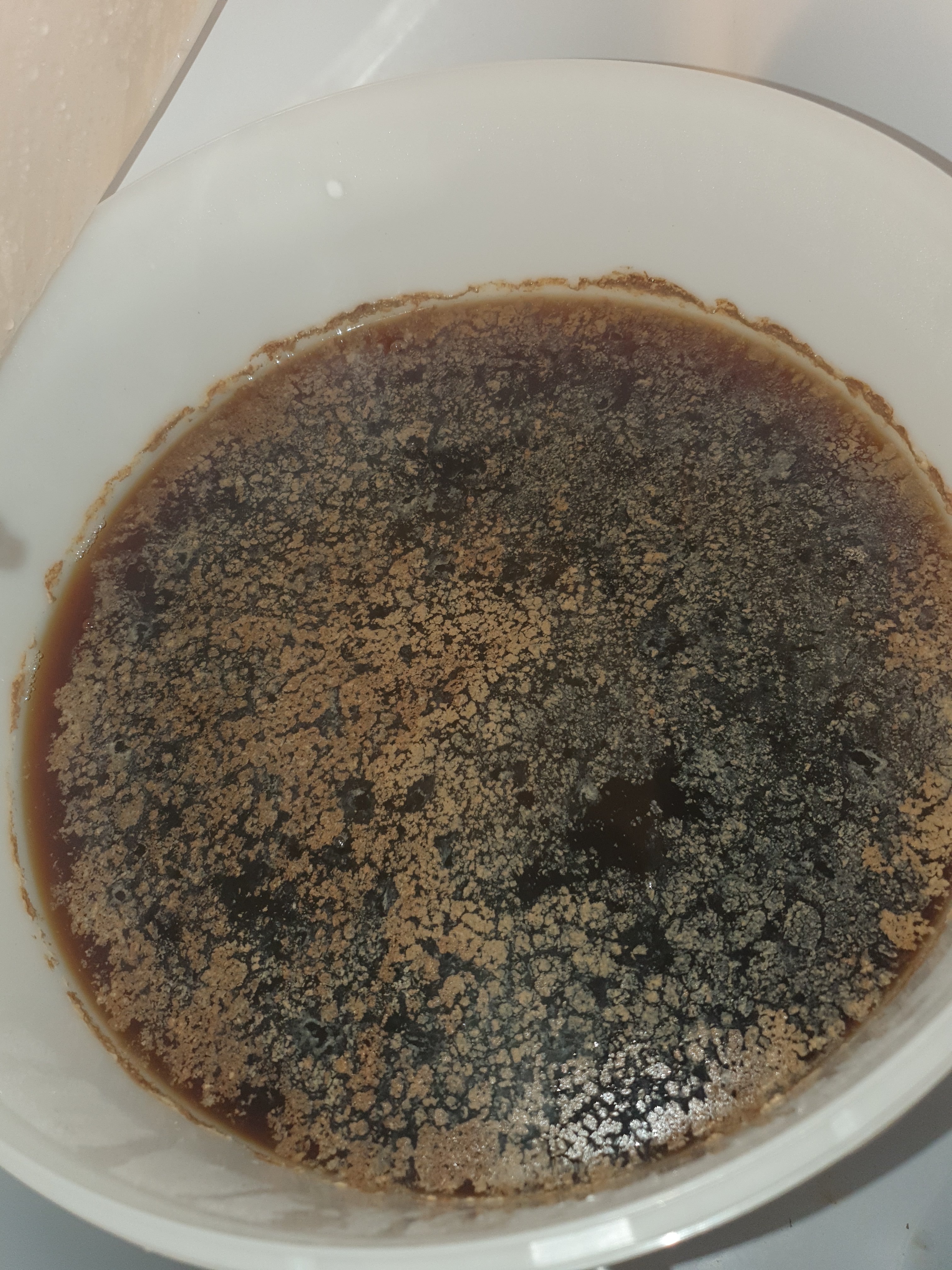RPh_Guy
Bringing Sour Back
We can continue until you stop spreading false information.
When you have recurrent contamination, it might seem like a pellicle is "normal", but assuredly it is not.
When you have recurrent contamination, it might seem like a pellicle is "normal", but assuredly it is not.
Source please.FLO11 gene is proven to be responsible for biofilm production.
Just post it here if it's a pellicle because it would belong in the infection thread.I would still like to send you pictures of two fermenters with differing versions of my pretzel honey brown ale in them so you can see yeast (and only yeast) on top of the surface after over a year. It could be quite interesting to you





![Craft A Brew - Safale S-04 Dry Yeast - Fermentis - English Ale Dry Yeast - For English and American Ales and Hard Apple Ciders - Ingredients for Home Brewing - Beer Making Supplies - [1 Pack]](https://m.media-amazon.com/images/I/41fVGNh6JfL._SL500_.jpg)

























































 sometimes a keg lasts more then two days for me....but it's rare!
sometimes a keg lasts more then two days for me....but it's rare!

